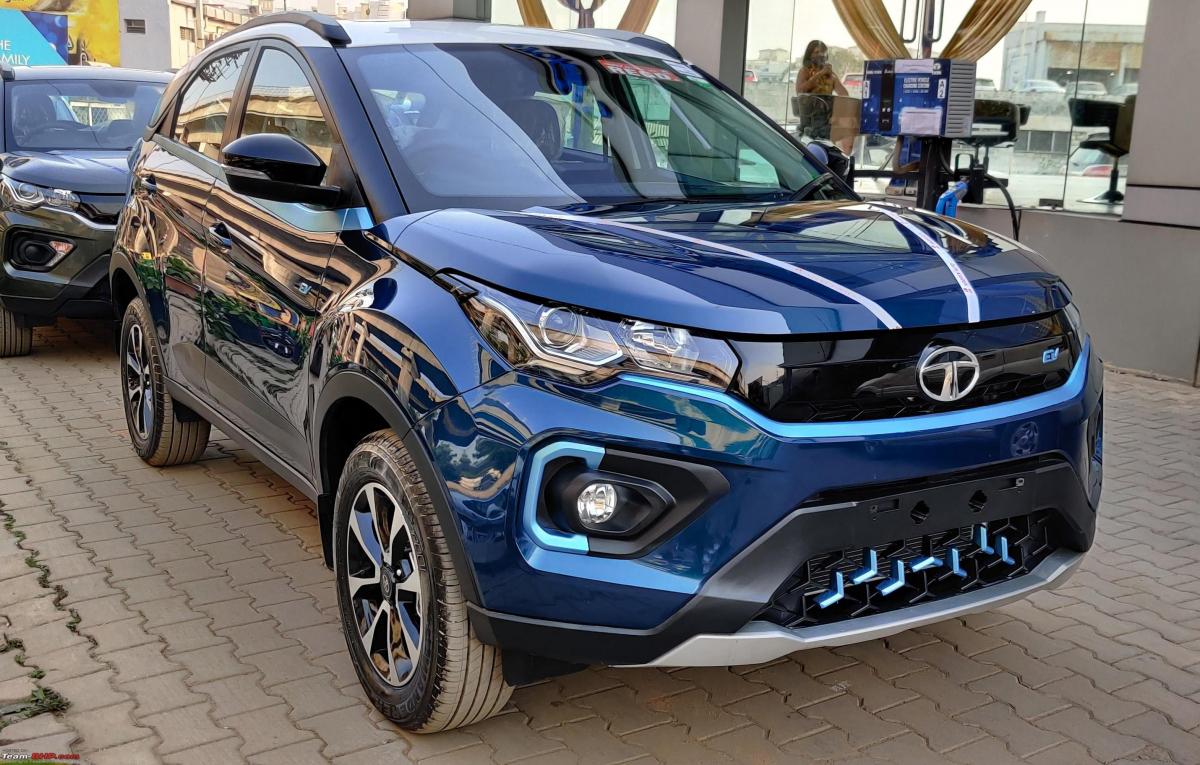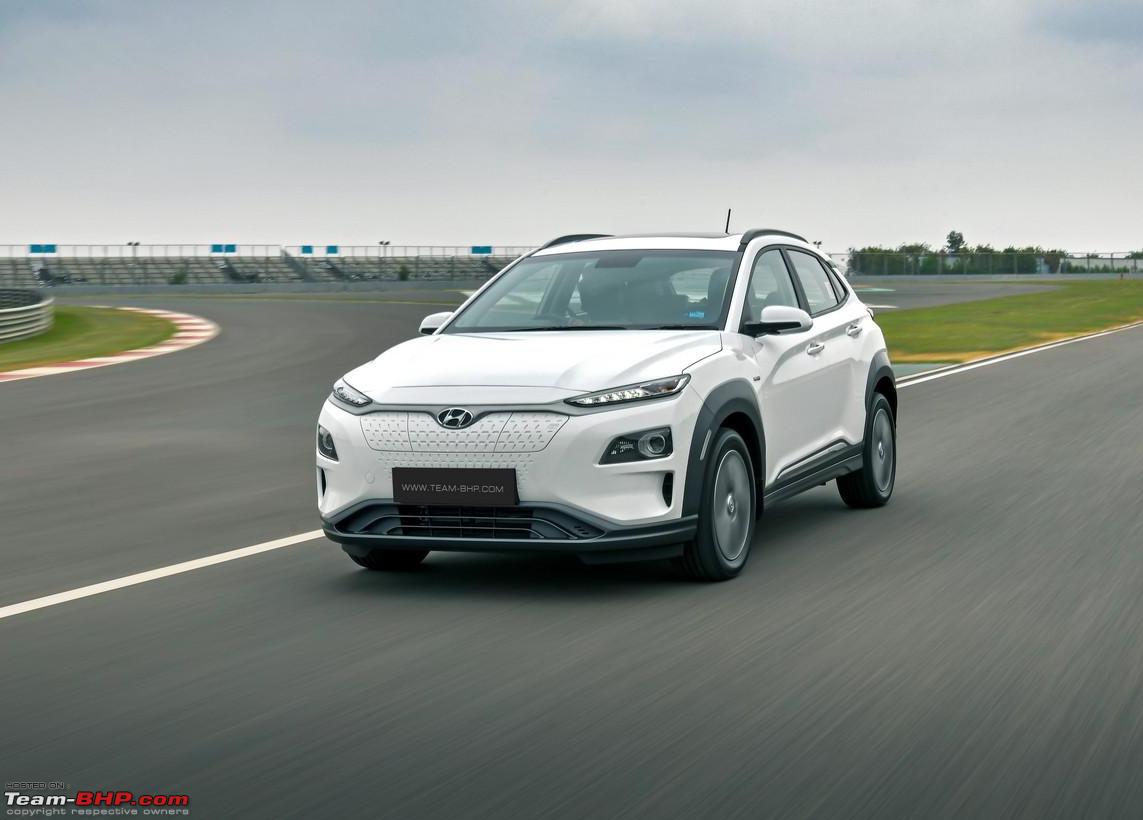News
EVs: What is the minimum acceptable real-world range for you?
In some countries, EVs are available with more than one battery option. Highway champions can opt for a 600 - 700 km super expensive variant, but city slickers won't need to pay for it.
Electric vehicles are no longer a distant dream from the future. They are at the tipping point of going mainstream, and many BHPians expect that the next car they purchase will be an EV.
However, for a lot of people, even the threat of ridiculous fuel prices is not scary enough to get them to switch over to the electric side. Price-premium aside, the reason for this is a common anxiety they all have... range anxiety. Even the strongest lithium prescription available today doesn't seem to alleviate that uneasy feeling of an unexpected voltage drop.
As the old African proverb says "If you want to go fast, go alone in an EV. If you want to go far, go together in a diesel vehicle".
While charging infrastructure can certainly be a good support system to fall back on, what wary consumers really want is better battery capacity. Unlike the mobile industry where consumers want better battery life and instead get a phone that is 0.6mm thinner, in the auto industry manufacturers know that range is the major selling point and ensure that every new model pushes the odo a significant amount further.
With every passing year, battery technology improves greatly. Gone are the days of the Mahindra Reva e2o, when electric cars could be used only for local commutes, top speeds were double-digits and range was limited to just about 80-100 km.

As an example, the Tata Tigor EV, one of the more affordable EVs, has a range of over 200 km.

Higher up the ladder, the Tata Nexon EV comes with a larger capacity battery giving it a range of over 300 km. Granted, these are ARAI's wonky test figures that are far from real world numbers, but let's use the ARAI figures as a common yardstick to judge progress nonetheless.

The Hyundai Kona and MG ZS EV, both have a claimed ARAI range of more than 400 km. In a couple of years, 500 km EVs will be commonplace, which will be more than what most people need.

Of course, everyone might not be able to afford or may just not want to spend the money required on an EV with a high capacity battery. They might never want to travel say, more than 200 km in a day. Others might still prefer fossil fuels and could opt for an EV for city travel and another car (owned or rented) for highway drives. Such people might prefer an EV with a shorter range compared to the mile-munchers.

In some countries, EVs are available with more than one battery option. We expect this pattern to be introduced in India as well. This means that the same EV will be available with different ranges. Highway champions can opt for a 600 - 700 km super expensive variant, but city slickers won't need to pay for it. They can opt for a cheaper version with a lower range. The added benefits of a smaller battery also include lower vehicle weight, cheaper battery replacement cost, lower insurance and even a lessened environmental impact during the battery manufacturing process.
So, when it comes to EVs, what is the minimum acceptable real-world range for you?



















